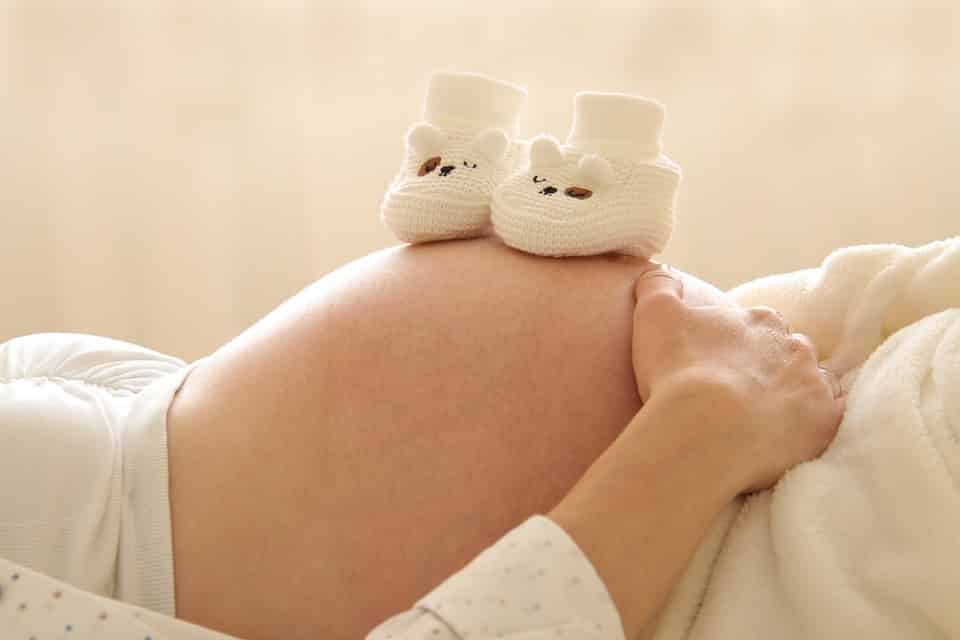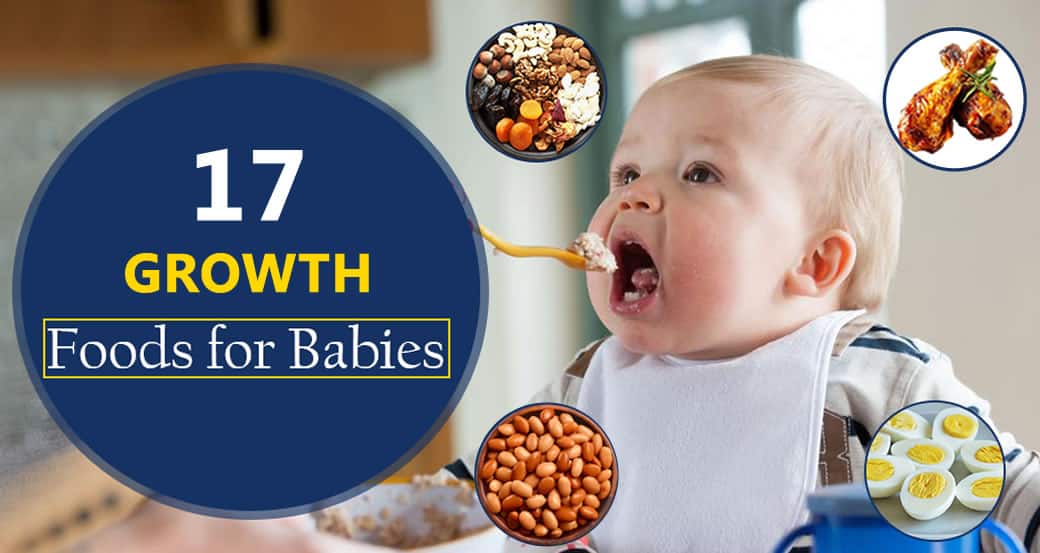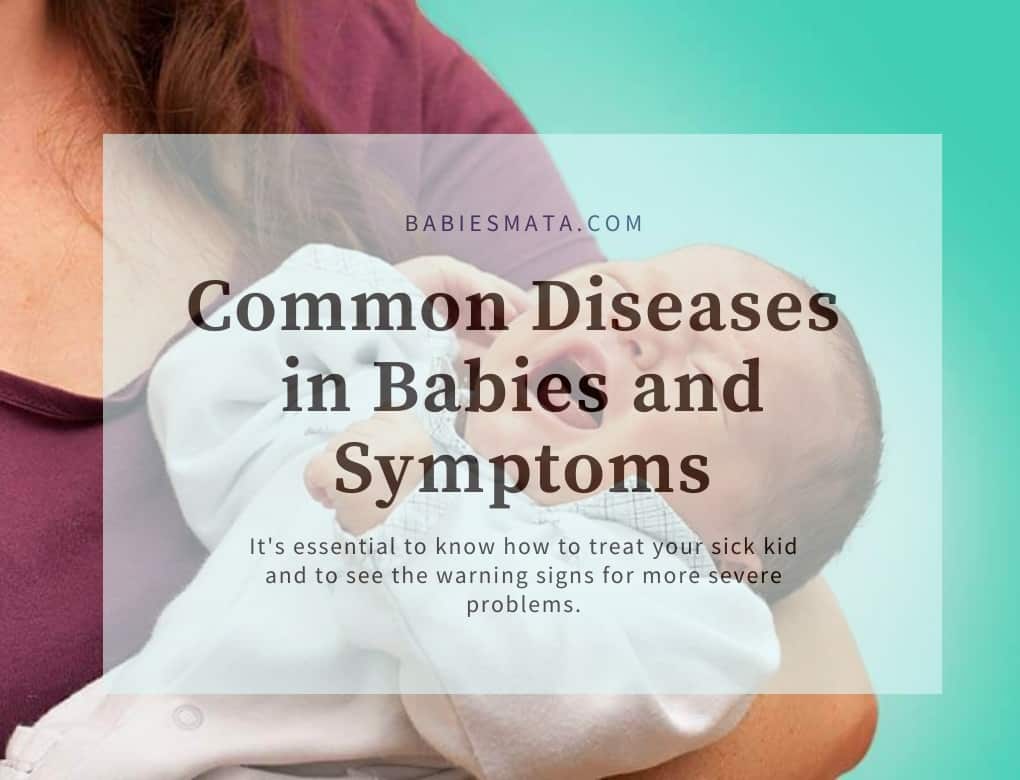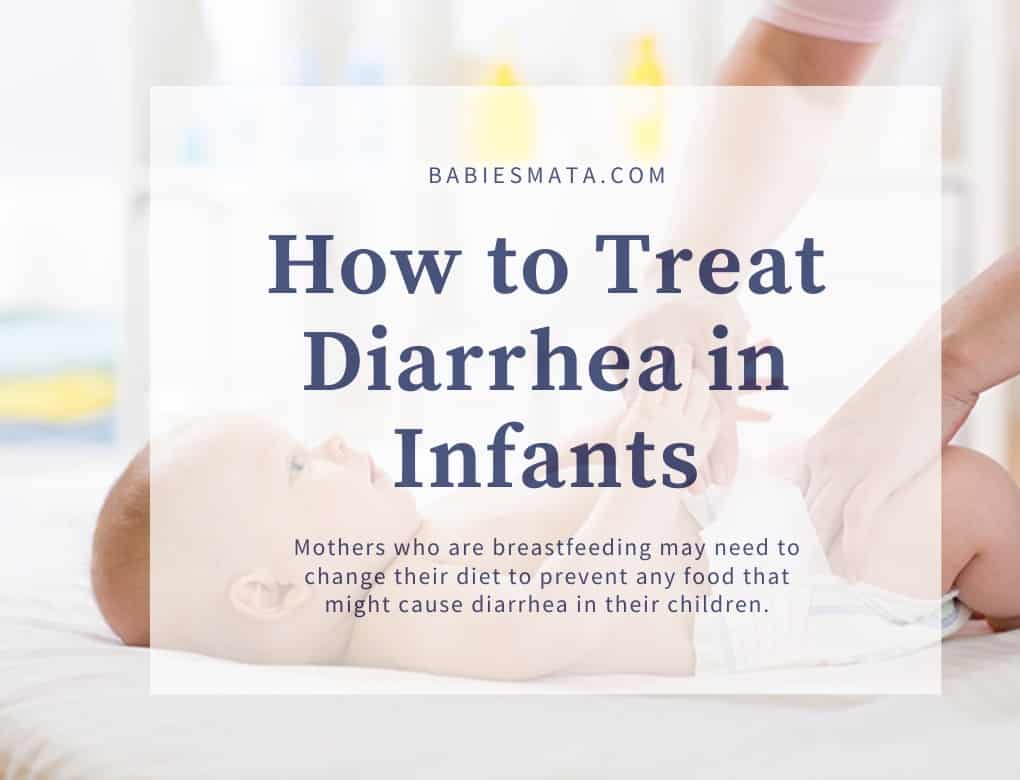5 Ways Nutrition Affects Your Child’s Mood
We have a lot of moody kids now, and nutrition is the culprit! Here’s how nutrition could be the problem. As a parent, giving good and nutritious foods to your child(ren) is key to your child’s physical growth. Amazingly, food in our children’s guts could impact their mood (Cryan and Dinan, 2012). And yes, food doesn’t just fuel their bodies—it influences their emotions, too!
How Does Nutrition Affect Your Child’s Mood?
When it comes to your child’s mood, several factors are at play, but the easiest one to control is their diet. Firstly, foods that affect their blood sugar such as candy or soda, could lead to blood sugar spikes and mood swings. Secondly, nutritional deficiencies such as iron deficiencies, vitamin deficiencies, and omega-3 deficiencies can lead to anxiety and emotional instability in children (Richardson, 2012). Even if your doctor finds any genetic factors influencing your child’s behavior, adjusting their diet can still make a world of difference. Here’s what you need to know:
Foods to Avoid:
- Artificial Coloring: Surprisingly, many countries have banned artificial coloring due to its harmful effects on children, including headaches, ADHD, anxiety, and severe mood swings. These colorings are often found in sweets, yogurt, and even bread. While sugar is often blamed for hyperactivity, artificial coloring is a hidden culprit that parents should avoid.
- Preservatives: Preservatives keep food fresh longer, but can also negatively affect your child’s behavior. Common preservatives like nitrates, nitrites, and sodium benzoate are linked to hyperactivity and other behavioral issues. You’ll find these in deli meats, dairy products, and sauces, so it’s best to limit their intake.
- Foods high in trans-fat: Foods high in trans-fat are not only bad for your child’s mood due to inflammation, but can also affect their overall health. Rather than giving your child food high in trans fat, replace their diet with fruit smoothies and mashed fruits.
- Highly processed and fried foods: This type of food not only disrupts the sleep and behavioral patterns of children, they also causes increased stomach aches and digestive problems. Due to its availability, you might be tempted as a parent to always make this your children’s first meal choice, but homemade meals will always be a healthier choice in the long run.
Foods to Embrace:
- Minerals (Magnesium and Zinc): Magnesium and zinc are powerful mood boosters for kids. Zinc, a key component of DHA (an omega-3 fatty acid found in cold-water fish), supports brain development, mood regulation, and better sleep. Magnesium, on the other hand, helps reduce anxiety and improves focus, especially in kids with attention disorders.
- Vitamins (B and D): Vitamin B plays a crucial role in producing serotonin, a neurotransmitter that helps regulate mood. Foods rich in vitamin B—like nuts, seeds, whole grains, and veggies—are essential for a happy, healthy mind. Vitamin D, often called the “sunshine vitamin,” also enhances mood, energy levels, and sleep. It’s found in liver, oily fish, and egg yolks, especially if you live in a less sunny climate.
- Protein: Protein isn’t just for building muscles—it’s vital for brain health too! Essential amino acids from protein-rich foods like poultry, lean meats, seafood, and dairy help your child stay focused, energized, and in a good mood. Without enough protein, kids might feel sluggish, moody, and unable to concentrate.
Conclusion
Now that you know how nutrition can shape your child’s mood, remember that balance is key. Kids can be picky eaters, so finding healthy foods they enjoy might take some effort. But as a parent, you know your child best. Don’t look out for only their moods, keep their dental and overall health in mind. However, you can quickly notice if certain foods are affecting their behavior. If you’re ever in doubt, don’t hesitate to consult your child’s doctor for advice.
Have you noticed any foods that seem to change your child’s mood? Share your thoughts.
Reference:
- Cryan, J. F., & Dinan, T. G. (2012). Mind-altering microorganisms: the impact of the gut microbiota on brain and behavior. Nature Reviews Neuroscience, 13(10), 701-712
- Richardson, A. J., & Lukens, E. J. (2012). Omega-3 fatty acids: mechanisms of action in anxiety and depression? Journal of Affective Disorders, 140(3), 281-290.













